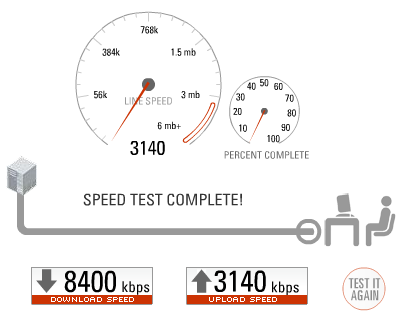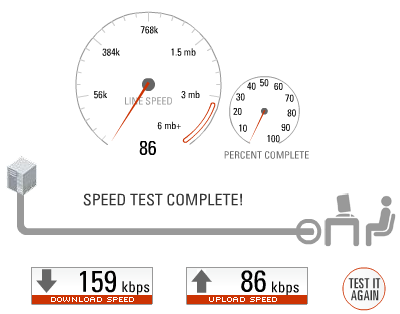One of the greatest things about Parallels is Coherence. The integration between the virtual machine and the host OS makes virtualized applications feel almost native. It’s a major win for users who don’t want to be locked into a mini-desktop.
I wonder if this concept could be brought to the web in a secure, but convenient method. There are many applications that could benefit. You could pull widgets off a page and onto your desktop as an application. For example you could take Meebo, an online IM service. In a matter of seconds it would feel as if you downloaded a new application, but your still using your browser. People love web applications, and hate downloads. This has been known for a while. Meebo is extremely popular because it feels somewhat like a desktop application, but it’s web based. Think of this as Apple’s Dashboard taken to a whole new level.
Take for example this psudocode (it’s just to make a point, not an API):
The first time your browser would hit allowCoherence() you would be prompted to allow coherence for that domain. Other than the integrated look/feel it would adhere 100% to typical web sandboxing. This isn’t like building an XULRunner app where JS can write to the filesystem. It would just be a way to make web applications more usable for people. and breakout of the web browser feel.
There are other things that can be done as well. For example css theming could give the app a more native look/feel dependent on the host. Perhaps just an attribute in the <html/> would trigger the browser to render things to look like a native app by default (pinstripe background for page by default, etc). Another great thing to use with it would be offline support. A little more cleverness would allow you to create bookmarks that essentially “open the application”.
Ultimately this would still be about web applications, but making them live outside of the browser window. The user wouldn’t need to install anything more than a web browser. The applications would be as safe to use as browsing to a website.
So there’s my giant idea. Implementing this in something like Firefox would be a rather large task, and to be useful the API would need to be standardized across browsers, but much of the underlying stuff is there. Anyone interested in taking web applications to the next level?

